Clerodendrum Filipino: what it looks like, features of care and reproduction
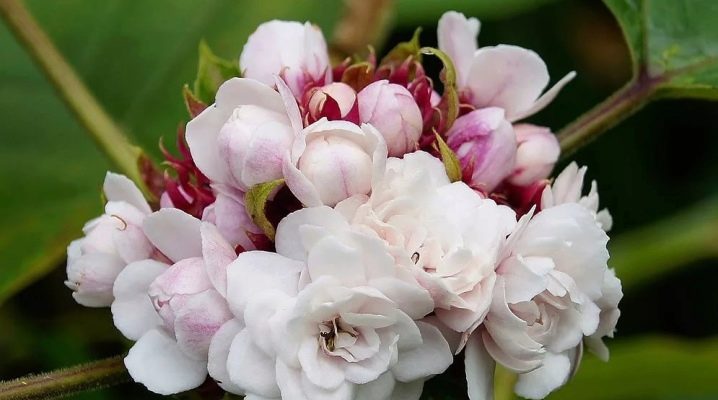
Many people grow a variety of indoor plants in their gardens and homes. Some put Filipino Clerodendrum in their homes. Today we will talk about how to care for such a flower and how it looks.
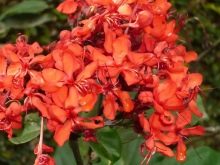
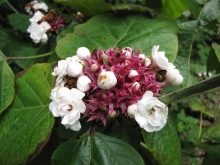
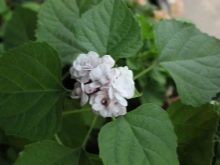
Peculiarities
Clerodendrum Filipino is a houseplant that blooms all year round. Its flowers are painted in a pale pink or white shade, they have a light and pleasant aroma. But if the rules for caring for such a flower are violated, flowering may slow down greatly or not occur at all. Flowers are collected in one large inflorescence. Their shape is corolla-shaped, in appearance the buds resemble small roses. At the same time, decorative varieties grow with a terry surface and beautiful openwork edges.
In length, the flower can reach no more than 2 meters. Its stems are straight, slightly drooping. The leaf plates are large and wide. They grow in the shape of a heart. Their edges are serrated. The surface of the leaves is terry with small tubercles. Their color is light green with a slight emerald sheen. Veins on leaf blades are slightly depressed.



Care
In order for the Filipino clerodendrum to develop and grow normally at home, it should be properly looked after. Although it is considered the most unpretentious to grow. First of all, you should pay attention to the following factors:
- watering;
- fertilizers;
- soil for a plant;
- temperature;
- lighting;
- pruning;
- transfer.
Watering
Clerodendrum Filipino needs regular abundant watering. But at the same time, it is not recommended to flood the plant with water too much, as this can lead to rapid decay of the root system, which eventually leads to the complete death of the flower. Regular watering should be done every time the soil begins to dry out slightly. Moreover, it is carried out at a depth of at least 3 centimeters.
The air humidity in the room where the plant stands should not be too high. Clerodendrum Filipino grows well and develops at standard humidity. If the plant is near the batteries, then it is recommended to periodically spray it with clean warm water.
This procedure is carried out only for the leaf blades of the flower. It is recommended to spray the plant in the summer. This is done so that the flower does not dry out, which has a bad effect on its development and health.

Fertilizers
They should be purchased from specialized stores. Fertilizers are diluted with clean water according to the instructions. Remember to apply them only to wet soil. It is recommended to carry out such procedures no more than once every 2 weeks. For this flower, it is recommended to use liquid fertilizers, which are concentrated chemicals. They are brought in simultaneously with watering the plant.
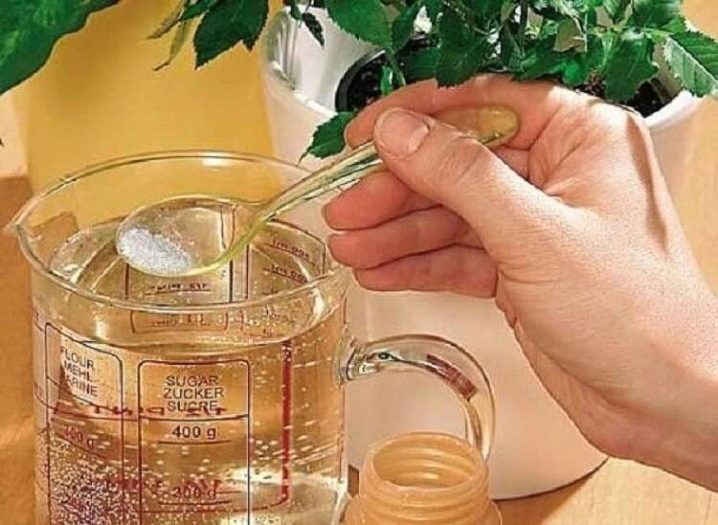
The soil
For clerodendrum, the best option would be a mixture of turf soil, sand, peat. Moreover, all components must be in equal proportions. The acidity of the mass should be moderate. You can also add a little humus to the mixture.
Before placing the prepared earthen mixture in the container, put drainage on the bottom of the pot.
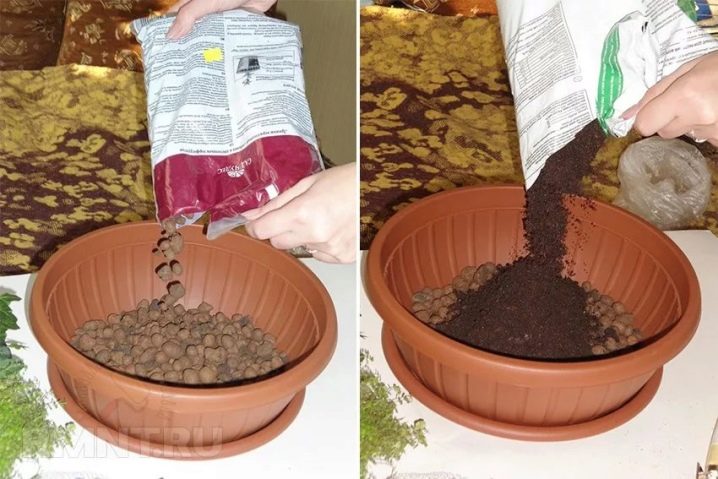
Temperature
For the Philippine Clerodendrum, a temperate climate is considered the best option. In summer, the temperature in the room where the flower grows should be not less than 20 degrees. In winter, it is permissible for the temperature regime to reach only 16 degrees.
If the room is too cool in winter, then you can use the backlight of fluorescent lamps. Otherwise, due to a strong lack of heat, the flower may not bloom. If the temperature is too high, the shoots will grow strongly.
This can ruin the plant's beautiful appearance and weaken its health. Sudden jumps and changes in temperature can adversely affect the health and growth of the Filipino Clerodendrum.
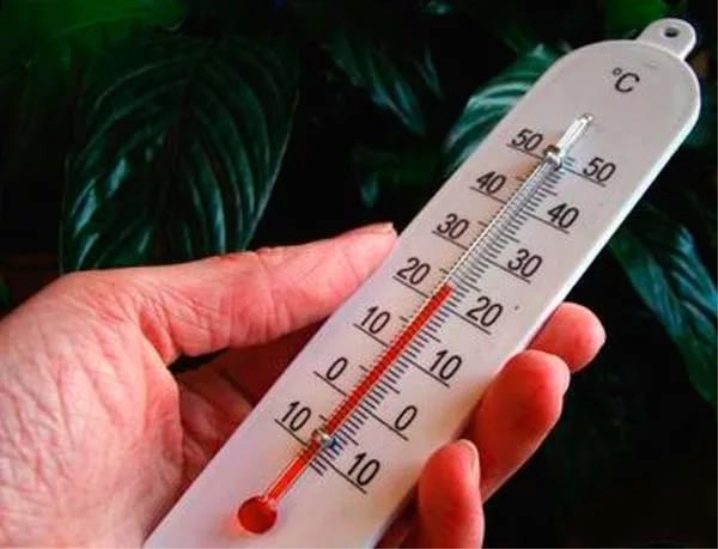
Lighting
The plant needs a lot of light for good, abundant flowering. But at the same time, it is still better to avoid direct sunlight. It is recommended to grow Clerodendrum on western or eastern windows.
But planting is also allowed on the south side if the plant is protected from solar radiation.
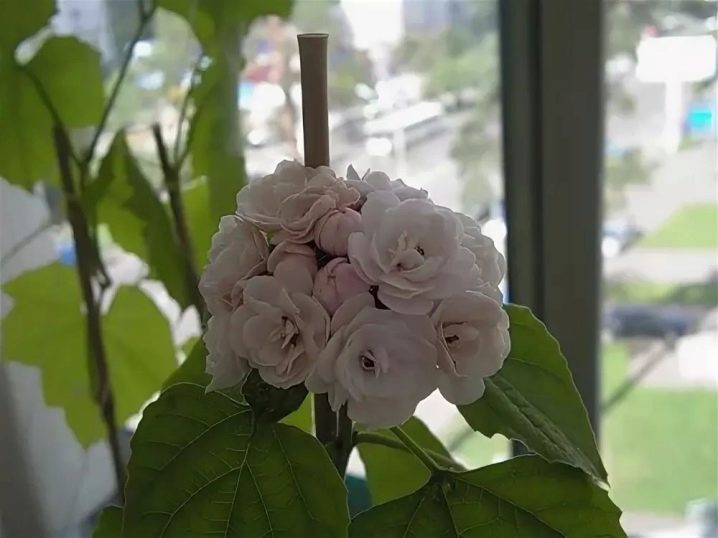
Pruning
This procedure should be carried out in early spring. Trimming is done by 1/3. This is done so that the flowering is as abundant as possible. The lateral processes should also be pruned so that the clerodendrum looks more neat and beautiful. Otherwise, support may be needed.
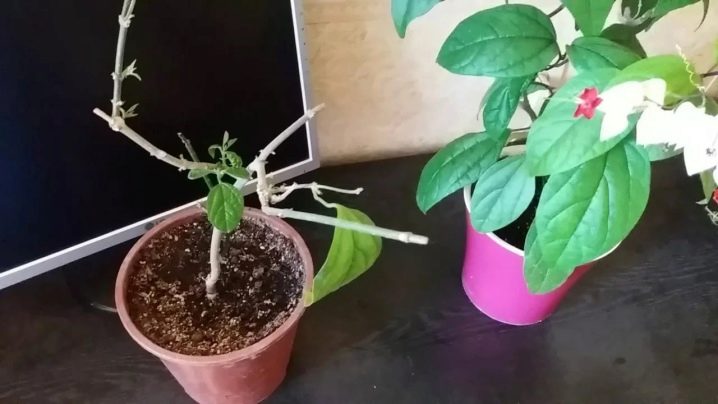
Transfer
In order for clerodendrum to develop normally, it should be transplanted into a new soil every year. But the transplant should be carried out as carefully as possible, because the fragile root system of the plant can be easily damaged, which leads to the disease of the whole flower.
Remember that the new transplant container should be 1.5-2 centimeters larger than the previous one.


At the bottom of the pot you need put in advance drainage, consisting of expanded clay with a thickness of at least 3 centimeters. To transplant clerodendrum correctly, its root system should be lowered into the new pot gently and gradually. Sprinkle the roots on top with a new earthen mixture. At the end, a nutritional supplement is added.
Reproduction
Such a plant propagates by cuttings. To do this, you need to separate a small part from the top of the plant. This should be done in the spring. The cut cutting is placed in a container of water so that it can take root. So that the cutting can take root faster, it can be covered with a special film. The temperature in the room where the seedlings are located should be at least 20 degrees Celsius. When the cutting has small roots, it is transplanted into a pot of soil.
Clerodendrum can also be propagated by seed. In this case, seed is planted in late winter or early spring. This is done in a container filled with a light substrate. At the same time, everything is covered with a protective film from above to create greenhouse conditions. If not, glass can be used.
In this case, the seed material must be periodically watered with warm clean water and ventilated so that there is no stagnation of moisture in the soil. The first shoots appear 1.5-2 months after planting.
After several small leaves appear on the sprouts, they are transplanted into separate pots with prepared soil. Pay attention that the seedlings are well established and rooted.
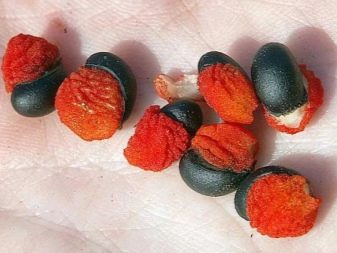
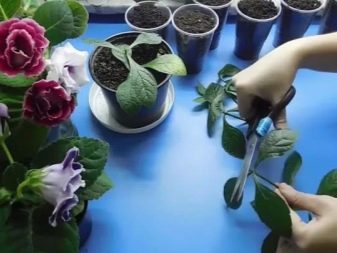
Diseases and pests
Often, clerodendrum suffers from improper care. So, in low light, the plant simply will not bloom. With excessive watering or if there is no drainage in the pot, root rot can occur. The flower may stop blooming due to improper transplantation or due to lack of timely pruning.
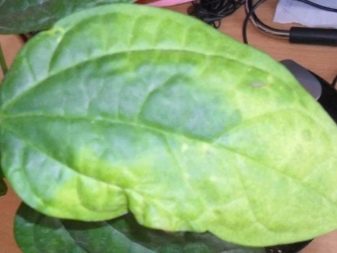
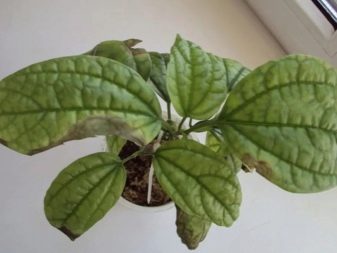
If the temperature or air humidity is not suitable for the flower, then a sharp yellowing of the leaf blades may occur. Later, the leaves begin to fall off. If you take care of the flower in a timely manner, then it will begin to bloom profusely again. If the clerodendrum begins to stretch strongly or becomes transparent, then fertilizers diluted in water should be added to the soil. After all, the plant lacks nutrients.
Often, clerodendrum is exposed to the action of a spider mite or whitefly. In this case, the flower must first be thoroughly rinsed with hot water.Then the damaged flower should be treated with insecticides diluted according to the instructions.
For breeding, feeding and caring for the Filipino Clerodendrum, see the next video.


























The comment was sent successfully.